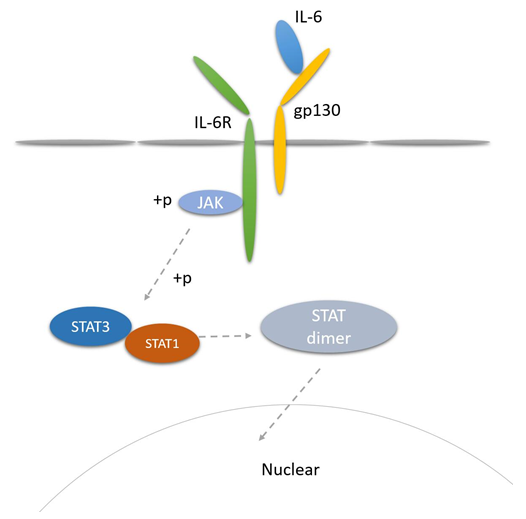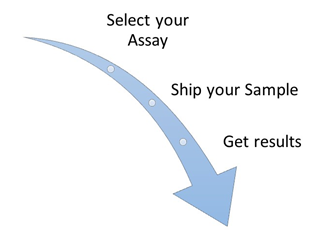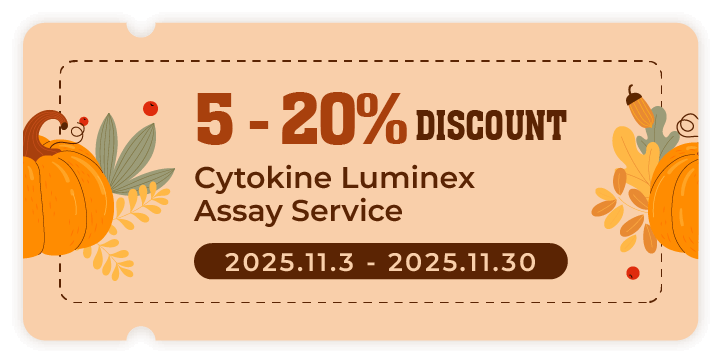Introduction
Interleukin-6(IL-6) is a multifunctional cytokine, which belongs to glycosylated proteins. It is mainly produced by various cells such as macrophages, T cells, and B cells. If imbalanced, it can cause many diseases. It can participate in regulating the immune response, and can directly participate in the local inflammatory response and the inflammatory damage process. Thereby, it can achieves the effects of stimulating cell growth and promotes cell differentiation, such as promoting T cell proliferation and stimulating cytotoxic T cell responses, promoting B cells activate proliferation and differentiation, and inducing stem cells to synthesize acute phase proteins.
Mechanism and Function
IL-6 and Interleukin-6 Receptor(IL-6R) combine to transmit signals to produce various biological effects. IL-6R can be divided into specific structural chains IL-6R and signaling chain gp130. With a molecular weight of 130kD, gp130 is a type of glycopeptide with transmembrane signaling function, which is expressed on the surface of most cells; IL-6R has a molecular weight of 80kDa, and its expression has been more restricted, mainly found in liver cells, Neutrophils, monocytes, and CD4+ T cells. Therefore, cells expressing gp130 but not IL-6R cannot bind to IL-6 to cause a signal response.
During signal transmission, IL-6 and IL-6R form the IL-6R / IL-6Rα complex, which then binds to IL-6Rβ, then activates the janus kinase and starts the enzymatic reaction. JAK can phosphorylate the cytoplasmic portion of gp130 internal tyrosine residues.And the most prominent of the factors are STAT3, STAT1, forming the classic JAK-STAT signaling pathway. After STAT is acidified by JAK kinase, it passes SH2 (Src-homology Region 2) interact to form homo- or heteromers, and then transfer to the nucleus. In the nucleus, the STAT dimer combines various elements to produce related biological effects. STAT3 is the main target of IL-6 signaling and has the ability to promote malignant cell proliferation and survival. Therefore, in the field of tumor therapy, targeted therapy against STAT3 has also become popular, and targeted therapy against IL-6 / STAT3 has been little effective.
 Fig 1. Mechanism of Signaling
Fig 1. Mechanism of Signaling
Creative Proteomics can provide cytokine detection platform for scientific research. According to different purposes, our dedicated analysts will customize exclusive solutions for you. We aim to provide customers with high-quality and convenient services to help you accelerate the progress of your project.
Our cytokine detection service includes but is not limited to:
- Quantitative and qualitative detection of cytokines in different species
- Quantitative and qualitative detection of cytokine antibodies
- Quantitative and qualitative detection of single/mulltiple cytokines
Sample requirements
- Sample Types-Blood, serum, plasma, cerebrospinal fluid, cell culture supernatant, tissue homogenate, cell culture medium, urine, tumor, etc.
- Sample Volume - It is optimal for at least 200µl of each sample. This volume allows for triplicate testing of each sample.
Our advantages:
- Efficient design: Multiplex reaction detecting in various methods are available, which can be selected according to different samples and requirements.
- Sensitive detection: High-quality antibodies are used in the detection process to improve detection specificity and accuracy.
- Reliable results: The feedback results are professional and efficient.
Technology platform:
We mainly provide the Luminex cytokine detection platform. Luminex uses fluorescently encoded microspheres with specific antibodies to different target molecules. The different microspheres can be combined freely to a certain extent so that up to 100 analytes can be tested multiple times simultaneously in a single experiment.
The Luminex cytokine assay platform has the following advantages:
- Multiple detection: simultaneous detection of 100 biological targets
- Short experiment time: 1-3 weeks
- High sensitivity: the lower limit of accurate quantification is as low as 0.1 pg/mL
- Save samples: only need a sample volume as low as 25 μL
- Time saving: the experiment process only takes 4 hours
For your different needs, we can also provide the following detection methods:
- Enzyme-linked immunosorbent assay (ELISA)
- Flow cytometry
Workflow

For more information about the IL-6 detection service or need other detection requirements, please contact us.
References:
- Petersen A M, Pedersen B K. The role of IL-6 in mediating the anti-inflammatory effects of exercise. Journal of Physiology & Pharmacology An Official Journal of the Polish Physiological Society, 2006, 57 Suppl 10(Suppl 10):43.
- Xing Z. IL-6 is an antiinflammatory cytokine required for controlling local or systemic acute inflammatory responses. J.Clin.Invest, 1998, 101(2):311-320.



